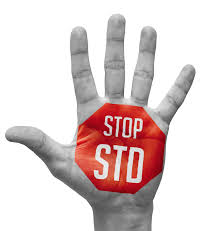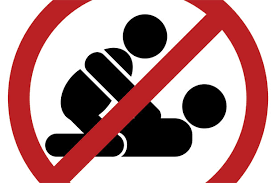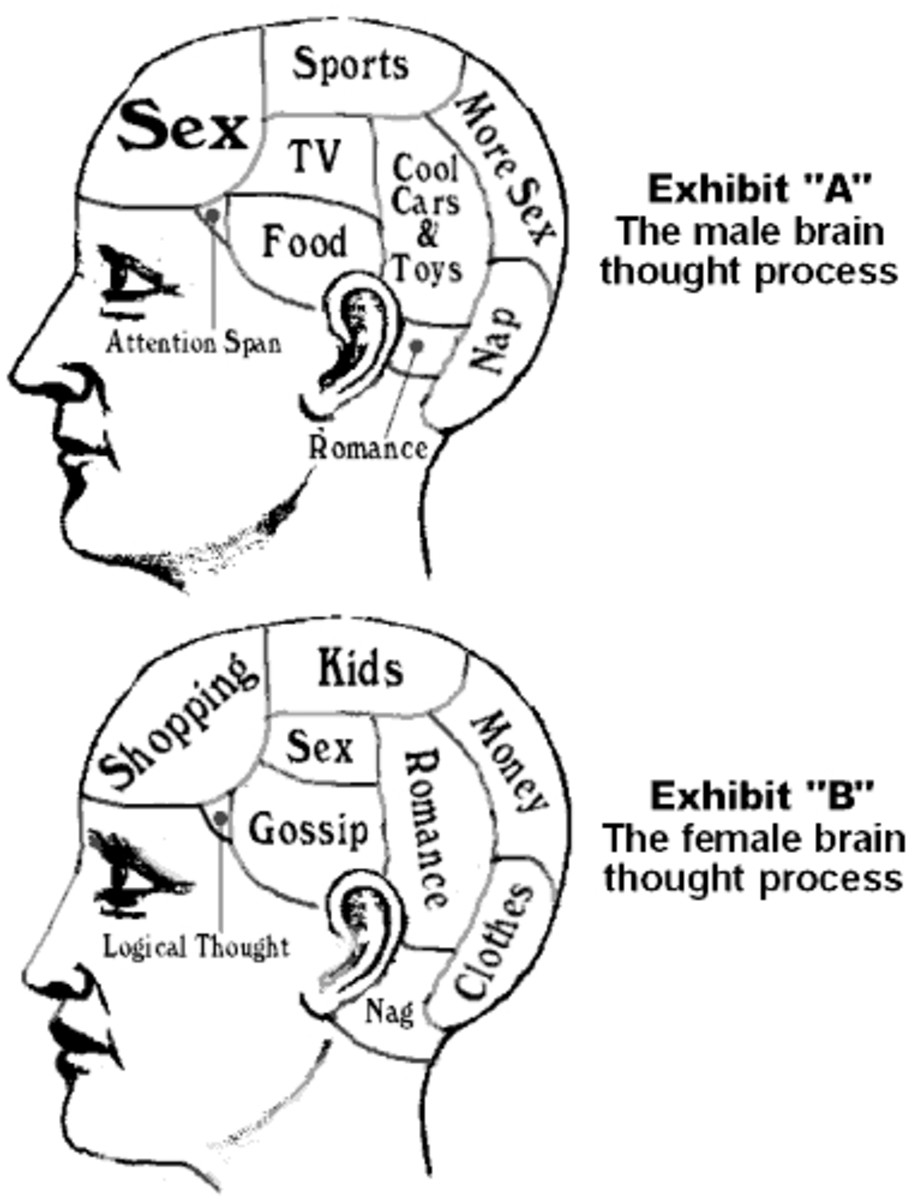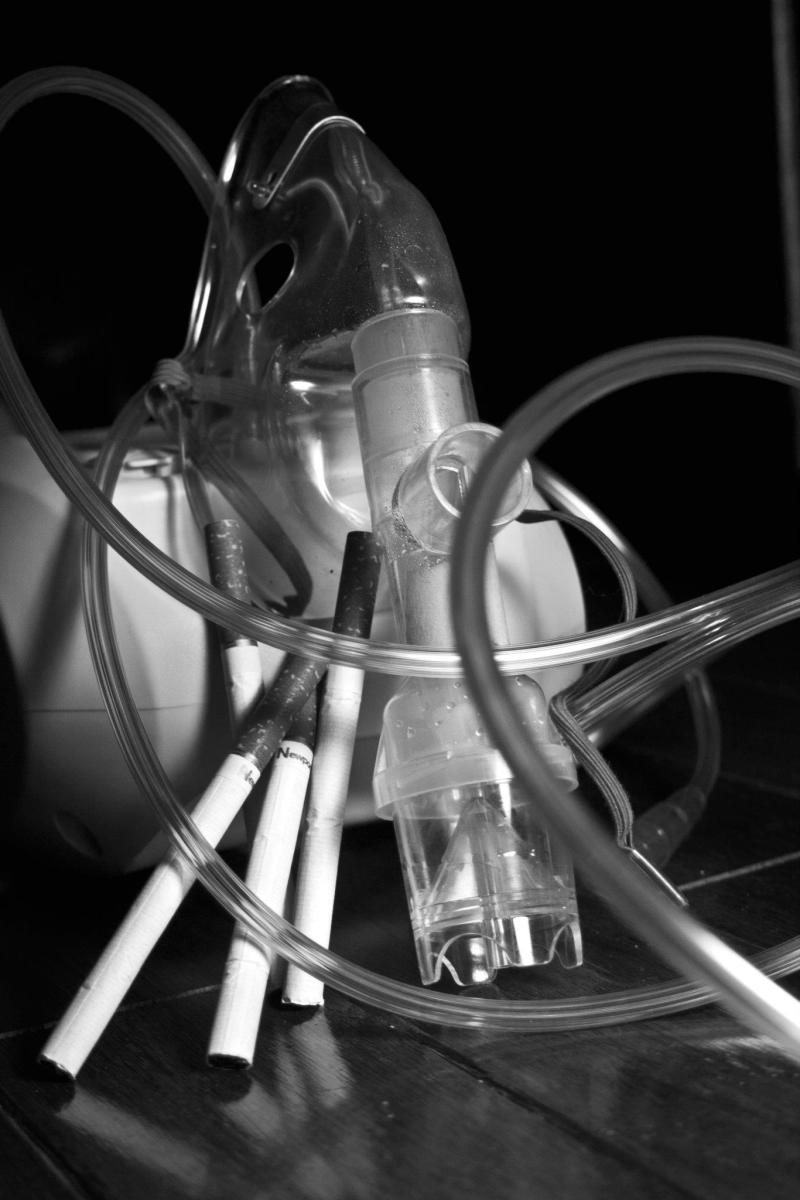- HubPages»
- Health»
- Exercise & Fitness»
- Ab Workouts
How Can An Individual Aquire STD's?

What Is Sexual Transmitted Disease?
Sexually transmitted diseases (STDs) are infections that are passed from one person to another through sexual contact.
It can be transmitted via:
- oral route
- anal route
- vaginal route
The causes of STDs can be bacteria, virus, protozoa, and fungi.
Types Of STDs?
There are different types of sexually transmitted diseases which became very alarming especially to teenagers who love to do it now a days.
The following are the types of STDs, their signs and symptoms, and their mode of transmission:
1. Chlamydia- is a common sexually transmitted disease caused by bacteria called Chlamydia Trachomatis. It can infect both men and women. You can get chlamydia if you have had contact to an infected person via oral, vaginal, or anal and during childbirth if the mother is infected with chlamydia.Women can get chlamydia in the cervix, rectum, and throat while men get it in the urethra, rectum, and throat. Chlamydia can be re-infected once every time you have unprotected sex with an infected individual. Chlamydia is common to young individual who has multiple partners who do not use condoms. Chlamydia usually shows symptoms 1 week after having unprotected sex to an infected individual.
Signs and Symptoms: ( For Women)
- Abnormal Vaginal Discharge
- Burning Sensation During Urination
- Pain During Intercourse
- Nausea
- Fever
- Abdominal Pain
- Rectal Pain, discharge, or bleeding if infects the rectum
(For Men)
- Discharge from penis
- Burning Sensation When Urinating
- Itchiness around the opening of penis
- Pain or swelling in one or both testicles
- Rectal Pain, discharge, or bleeding if infects the rectum
Higher Risks For Chlamydia
- Sexually active women 25 and younger
- Older women who have new or multiple sex partners, or a sex partner who has a sexually transmitted disease
- Men who have sex with men (MSM)
Treatment:
Antibiotics
2. Genital Herpes- is a sexually transmitted disease (STD) caused by herpes simplex virus. It can cause sores on your genital or rectal area, buttocks, and thighs. You can get it from having vaginal, anal, or oral sex with an infected person. The virus can spread even when sores are not present. Mothers can also infect their babies during childbirth.
Signs and Symptoms:
- Near the area where the virus entered the body ( Repeat outbreaks are common)
Treatment:
None.There is no cure and the virus stays for life.
3. Gonorrhea -is a sexually transmitted disease that is most common in young adults. The bacteria that cause gonorrhea can infect the genital tract, mouth, or anus. You can get gonorrhea during vaginal, oral, or anal sex with an infected partner. A pregnant woman can pass it to her baby during childbirth.
Signs and Symptoms: (For Men)
- Pain During Urination
- Discharge from Penis
- Problems to prostate and testicles (if untreated)
(In Women)
- Bleeding Between Periods
- Pain During Urination
- Increase Vaginal Discharge
- Pelvic Inflammatory Disease (If Untreated)
Treatment:
Antibiotics
4. HIV- stands for human immunodeficiency virus. It harms your immune system by destroying the white blood cells which fights infection. AIDS stands for acquired immunodeficiency syndrome. It is the final stage of infection with HIV. Not everyone with HIV develops AIDS. HIV is being acquired by having unprotected sex to an infected person. It can also spread by sharing drug needles or through contact with the blood of an infected person. It can also passed thru childbirth.
Signs and Symptoms:
- Swollen glands
- flu-like symptoms
Treatment:
None. There is no cure.
5. Human Papilloma Viruses (HPV) - are a group of related viruses which cause warts on different parts of the body. There are more than 200 types. About 40 of those types affect the genitals and are spread through sexual contact with an infected partner. Some of those can even put you at risk for cancer.
There are two categories of sexually-transmitted HPV. Low-risk HPV can cause genital warts. High-risk HPV can cause various cancers like cervical cancer, anal cancer, oral cancer, throat cancer, vulvar cancer, vaginal cancer, and penile cancer.
Signs and Symptoms:
- Genital Warts and asymptomatic for 1 to 2 years for others
Treatment:
You might not need any treatment, at least not immediately.
6. Syphilis- is a sexually transmitted disease caused by bacteria. It infects the genital area, lips, mouth, or anus of both men and women. You usually get syphilis from sexual contact with someone who has it. It can also pass from mother to baby during pregnancy.
Signs and Symptoms:
- single, small, painless sore
- non- itchy skin rash
- birth defects or abortion (if you are pregnant)
Treatment:
Antibiotics
7. Trichomoniasis- is a caused by a parasite and you can get it through sexual intercourse with an infected individual.
Signs and Symptoms: ( For Women)
- Yellow-green or gray discharge from the vagina
- Discomfort during sex
- Vaginal odor
- Painful urination
- Itching in or near the vagina
Signs and Symptoms: ( For Men)
- Penile Discharge
- Painful Urination and Ejaculation
Treatment:
Antibiotics

How To Avoid STDs
Practice A, B, C
Abstinence
Be Faithful
Condoms Use








